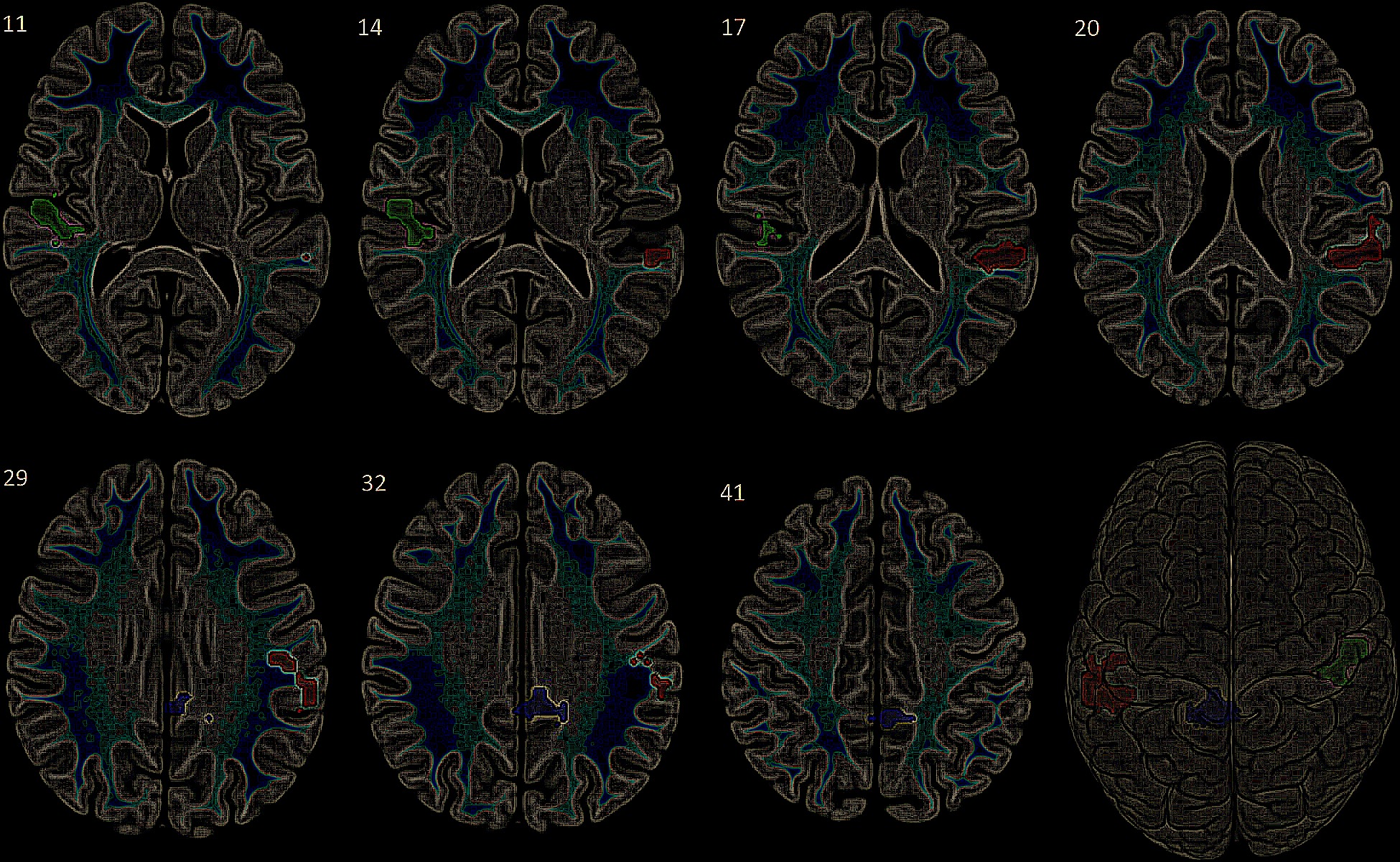Rodent SHANK3 model: Circadian disruption worsens repetitive grooming behaviors. Restoring circadian alignment with light entrainment improves social exploration.
SYNGAP1 haploinsufficient mice: Exhibit disrupted circadian gene expression and impaired time cell coding. NMDA receptor modulators partially restore cognitive performance.
Clinical melatonin trials: Demonstrate modest improvement in sleep and social responsiveness, though effect sizes are small. These trials underscore the importance of developing more potent and selective circadian-targeted drugs.
Future directions include circadian-phase–specific drug screening, high-throughput identification of small molecules targeting TTFL regulators, and use of time cell activity as a biomarker for therapeutic efficacy. Ultimately, integrating circadian neurobiology with genetic diagnostics may provide a path to novel, mechanism-based therapies for severe autism.
References
- De Rubeis S, He X, Goldberg AP, Poultney CS, Samocha K, et al. Synaptic, transcriptional and chromatin genes disrupted in autism. Nature. 2014;515:209–215.
- Takahashi JS. Transcriptional architecture of the mammalian circadian clock. Nat Rev Genet. 2017;18(3):164–179.
- Sehgal A, Mignot E. Genetics of sleep and sleep disorders. Cell. 2011;146(2):194–207.
- Panda S, Hogenesch JB, Kay SA. Circadian rhythms from flies to humans. Nature. 2002;417(6886):329–335.
- Bridi MS, Abel T. The circadian regulation of memory. Neurobiol Learn Mem. 2013;105:40–52.
- Colwell CS. Linking neural activity and molecular oscillations in the SCN. Nat Rev Neurosci. 2011;12(10):553–569.
- Yi F, Danko T, Botelho SC, Patzke C, Pak C, Wernig M, Südhof TC. Autism-associated SHANK3 haploinsufficiency causes Ih channelopathy in human neurons. Science. 2016;352(6286):aaf2669.
- Beyens G, et al. SYNGAP1 mutations in intellectual disability. Nat Genet. 2017;49:511–520.
- Krystal AD, et al. PF-670462, a CK1δ/ε inhibitor, in circadian misalignment models. J Biol Rhythms. 2012;27(6):433–442.
- Solt LA, Wang Y, Banerjee S, Hughes T, Kojetin DJ, et al. Regulation of circadian behavior and metabolism by synthetic REV-ERB agonists. Nature. 2012;485(7396):62–68.
- Han K, et al. CHD8 haploinsufficiency alters brain development in autism models. Cell Rep. 2017;19(4):681–694.
- Inoue I, Tsuchiya H. Chronopharmacology and drug discovery. Pharmacol Ther. 2015;148:204–216.
- Patke A, Murphy PJ, Onat OE, Krieger AC, Özçelik T, Campbell SS, Young MW. Mutation of human CRY1 causes delayed sleep phase disorder. Cell. 2017;169(2):203–215.
- Musiek ES, Holtzman DM. Mechanisms linking circadian clocks, sleep, and neurodegeneration. Science. 2016;354(6315):1004–1008.
- Karatsoreos IN, Silver R. Circadian disruption in mental disorders. Nat Rev Neurosci. 2007;8(9):762–771.
- Levenson JM, et al. Regulation of CREB phosphorylation by circadian rhythms. J Neurosci. 2004;24(40):8899–8908.
- Abel T, Havekes R, Saletin JM, Walker MP. Sleep, plasticity, and memory from molecules to whole-brain networks. Curr Biol. 2013;23(17):R774–R788.
Peter De Ceuster. (2026). Integrating Circadian Rhythm and Neurobiology in Precision Medicine: A Novel Approach for Treating Severe Autism Through the Exploration of Time Cells and Genetic Mechanisms
Excerpt from: Integrating Circadian Rhythm and Neurobiology in Precision Medicine: A Novel Approach for Treating Severe Autism Through the Exploration of Time Cells and Genetic Mechanisms by P. De Ceuster
© All rights reserved. Do not distribute. (Publication: Integrating Circadian Rhythm and Neurobiology in Precision Medicine: A Novel Approach for Treating Severe Autism Through the Exploration of Time Cells and Genetic Mechanisms)

